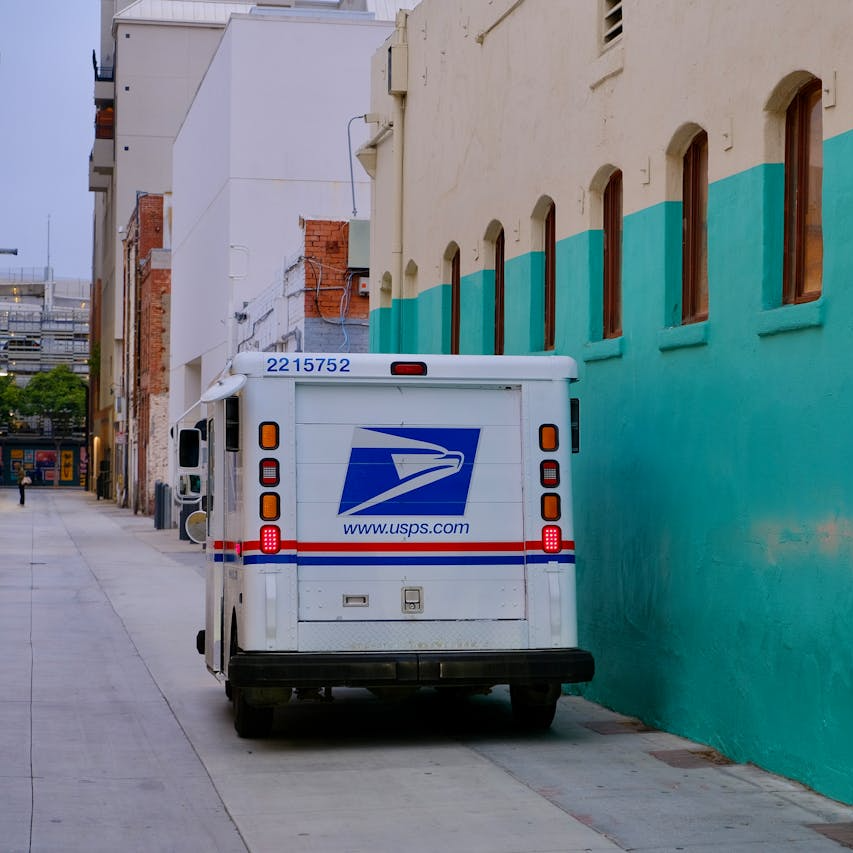Key Takeaways:
-
Postal Service employees and retirees must navigate new health plan requirements for 2025, including mandatory enrollment in the Postal Service Health Benefits (PSHB) program.
-
Understanding key changes and timelines ensures continuous coverage and helps you make informed choices during this transition.
Adapting to the New Postal Service Health Benefits (PSHB) Program
The shift from the Federal Employees Health Benefits (FEHB) program to the Postal Service Health Benefits (PSHB) program marks a major milestone for postal workers and retirees. Effective January 1, 2025, this new program is tailored specifically for Postal Service employees, annuitants, and their families. This guide will help you navigate these changes, ensuring you stay ahead and maintain comprehensive health coverage.
Why the Change Matters
- Also Read: FAA, Law Enforcement, and Special Federal Employee Categories—Here’s What Makes Their Retirement Unique
- Also Read: Blending Private and Public Sector Retirement Plans Is Complicated—Here’s Where Couples Get It Wrong
- Also Read: The Silent Shift in Postal Service Retirement Benefits That Could Change Everything by 2026
-
Avoid interruptions in coverage.
-
Optimize your health plan to meet your specific needs.
-
Align your Medicare benefits with PSHB for added savings and comprehensive care.
Key Features of the PSHB Program
The PSHB program offers health plans that mirror the structure of FEHB while introducing some important distinctions tailored to postal employees:
-
Enrollment Specificity: Only USPS employees, retirees, and their families are eligible for PSHB. This distinction separates PSHB from the broader FEHB program.
-
Medicare Integration: If you are Medicare-eligible, PSHB plans coordinate with Medicare to provide robust coverage, often including prescription drug benefits through Medicare Part D.
-
Pharmacy Benefits: PSHB includes automatic prescription drug coverage via a Medicare Part D Employer Group Waiver Plan (EGWP) for eligible members, streamlining your medication costs.
-
Flexibility During Open Season: You have opportunities during Open Season to review and adjust your coverage based on your evolving needs.
Mandatory Enrollment and Deadlines
All postal employees and retirees are required to enroll in a PSHB plan for 2025, unless you are covered under a family member’s FEHB plan. The enrollment window aligns with the traditional Open Season for health benefits, ensuring adequate time to make informed decisions.
-
Open Season: November 11 to December 13, 2024.
-
Coverage Start Date: January 1, 2025.
Failing to act during this window could result in lapses in coverage, making it crucial to adhere to these deadlines.
Medicare and PSHB: How They Work Together
For Medicare-eligible retirees, the integration between Medicare and PSHB simplifies coverage and reduces costs. Here’s how it works:
-
Mandatory Medicare Part B Enrollment: If you retired after January 1, 2025, and are Medicare-eligible, you must enroll in Medicare Part B to maintain PSHB coverage.
-
Premium Reimbursements: Many PSHB plans provide partial reimbursement for your Medicare Part B premiums, reducing your out-of-pocket expenses.
-
Prescription Drug Coverage: The EGWP feature within PSHB plans ensures you receive prescription drug benefits without additional enrollment steps.
Exemptions from Medicare Part B Requirements
Some groups are exempt from the mandatory Medicare Part B enrollment, including:
-
Retirees who stopped working on or before January 1, 2025.
-
Employees who turned 64 by January 1, 2025.
If you fall into one of these categories, your PSHB plan remains active without requiring Medicare Part B enrollment.
Benefits of Transitioning to PSHB
Switching to the PSHB program offers several advantages, especially for those eligible for Medicare:
-
Reduced Costs: Coordination between Medicare and PSHB can significantly lower your overall healthcare expenses.
-
Streamlined Benefits: The combination of PSHB and Medicare eliminates the need for multiple plans, ensuring seamless care.
-
Enhanced Coverage: PSHB plans often include additional benefits like vision, dental, and hearing services.
Understanding Costs and Coverage
General Costs
Under the PSHB program, your premiums, deductibles, and out-of-pocket costs will vary depending on the plan you choose. While specific premiums are not discussed here, general trends include:
-
Increased government contributions, covering approximately 70% of total plan costs.
-
Options to offset costs through Medicare Part B premium reimbursements.
Out-of-Pocket Caps
PSHB plans follow federal standards, capping your maximum out-of-pocket expenses to ensure you’re protected from excessive costs. Combining this cap with Medicare’s $2,000 annual limit on prescription drug costs provides financial predictability.
Ensuring a Smooth Transition
To ensure a smooth transition to the PSHB program:
-
Review Your Current Coverage: Understand your existing benefits under FEHB and compare them to PSHB options.
-
Assess Your Needs: Evaluate how your medical, dental, and vision needs align with the available PSHB plans.
-
Coordinate with Medicare: If eligible, confirm your Medicare enrollment and understand how it integrates with PSHB.
-
Stay Informed: Watch for your Annual Notice of Change (ANOC) letter, which outlines changes to your plan’s coverage and costs.
What Happens if You Miss the Deadlines?
Missing the enrollment deadline can result in lapses or limitations in coverage. You may:
-
Lose access to PSHB plans.
-
Face higher out-of-pocket costs if forced into alternative plans.
It’s critical to act during Open Season to secure your benefits.
Key Considerations for Retirees
As a retiree, you have unique considerations:
-
Medicare Coordination: If you’re already enrolled in Medicare, prioritize plans that complement its coverage.
-
Budgeting for Healthcare: Factor in premiums, deductibles, and out-of-pocket limits when choosing a PSHB plan.
-
Access to Providers: Ensure your preferred doctors and hospitals are covered under your chosen plan.
For Current Employees: Preparing for the Future
If you’re still working, now is the time to:
-
Plan your retirement health coverage by understanding how PSHB works.
-
Budget for future healthcare costs, including Medicare Part B premiums.
-
Learn about supplemental benefits offered through PSHB.
The Role of Qualifying Life Events (QLEs)
Outside of Open Season, changes to your PSHB plan are only allowed during Qualifying Life Events, such as:
-
Birth or adoption of a child.
-
Loss of other health coverage.
These events trigger a Special Enrollment Period, allowing you to make adjustments.
Staying Ahead with Resources and Tools
The transition to PSHB comes with a learning curve. Use the following resources to stay informed:
-
USPS HR Portal: Access plan details, compare options, and calculate costs.
-
Medicare Resources: Use tools like the Medicare Plan Finder to align your benefits.
-
Professional Guidance: Seek advice from retirement counselors or benefits specialists.
Key Deadlines and Reminders
-
Mark your calendar for Open Season each year (October 15 to December 7).
-
Stay updated on changes to premiums, deductibles, and coverage through your ANOC letter.
-
Revisit your plan annually to ensure it aligns with your needs.
Adapting to a Changing Landscape
Navigating the shift from FEHB to PSHB requires proactive planning and understanding of the new rules. By taking advantage of Open Season, coordinating with Medicare, and staying informed about your options, you can ensure continuous and comprehensive health coverage.
Your 2025 Health Benefits, Simplified
The Postal Service Health Benefits program represents a tailored solution for USPS employees and retirees, offering comprehensive and cost-effective care. Embrace these changes to secure the healthcare you and your family deserve.












